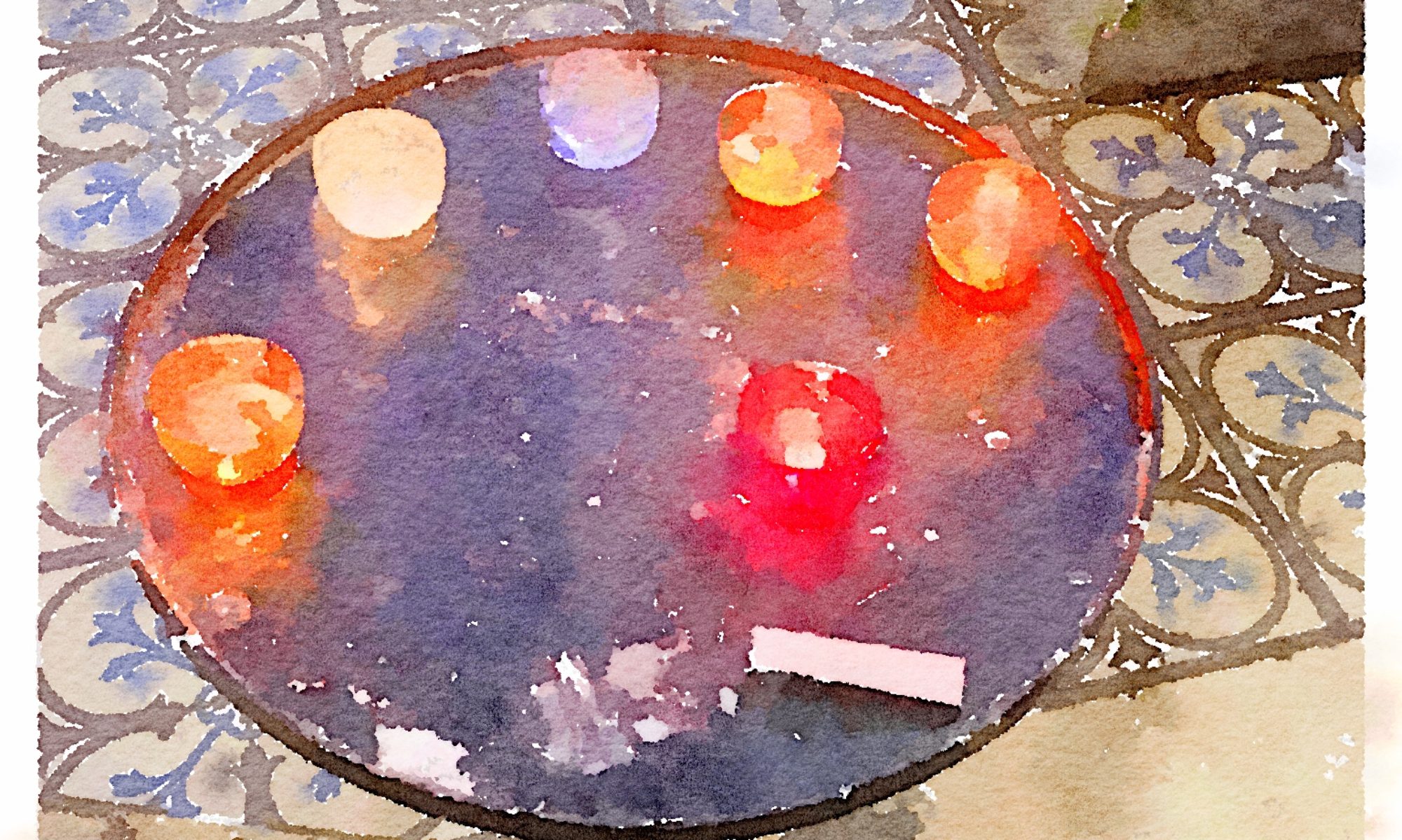@rachelesconce43
Profile
Registered: 2 years, 9 months ago
Tips on how to create a Reconciliation Action Plan
Reconciliation Action Plans are about taking good intent and turning it into action.
The Black Lives Matter protests which have erupted throughout the globe have caused loads of Australians to rethink the issues affecting Indigenous communities.
The health, wealth and employment gaps between Indigenous Australians and the remainder of the population are well known, however the protests created new urgency to do something about them.
In July, the Australian authorities unveiled new Shut the Gap targets including reducing Indigenous incarceration rates.
For organisations that really feel the urgency act there's one obvious solution – a Reconciliation Action Plan (RAP).
In 2006, Reconciliation Australia introduced RAPs as a way for organisations to incorporate strategic reconciliation initiatives as part of their business plans. The purpose of a RAP is to create significant opportunities for your organisation to actively help and recognise Indigenous Australians. Like many initiatives, reconciliation is a process that will evolve as you and your organisation begin to take action.
RAPs are broken down into 4 maturity ranges that reflect where organisations are of their reconciliation journey. They're: Replicate, Innovate, Stretch and Elevate. Every has a corresponding RAP type organisations can pursue. For instance, the Innovate stage is for organisations that already understand where they'll improve on Indigenous points and have begun taking motion to actively address them.
Step one for all organisations is to determine its maturity level. "Contact the RAP group at Reconciliation Australia and find out which degree you'll start at," says Anthony. "The RAP workforce will send you a template that will define what it is advisable do. There are some primary obligatory actions required by Reconciliation Australia comparable to celebrating national Reconciliation Day and increasing knowledge of Aboriginal and Torres Strait Islander cultures. After that, it’s in regards to the adjustments you possibly can make."
Because loads of organisations will start at the Reflect stage, this guide will define the pillars you must establish to start your reconciliation journey.
Research
This is where it all begins.
It might help to look into why RAPs are so necessary as well as the present points facing Indigenous people. Reports corresponding to Close the Gap can provide context to your RAP and would possibly aid you with the next step.
Secure support
A part of a successful RAP is establishing assist for reconciliation initiatives across the whole organisation. In most cases this needs to start on the top.
"Most often I find that if persons are presented with the details, they stunning quickly get on board with wanting to be a part of the reconciliation movement,"
"Aboriginal and Torres Strait Islander people are three per cent of the population. They can’t do the heavy lifting by way of change and infrastructure change, societal change, or altering attitudes.
"RAPs are a way of stepping in and making significant change."
Over 1,000 organisations have formalised RAPs, and their implementation has had a real impact on improving worker understanding of Indigenous points, the Reconciliation Australia 2018 RAP Impact report found. This can have a movement-on effect. It makes staff more engaged with their community they usually often select to donate to, or volunteer with, Indigenous organisations as a result.
A RAP additionally solidifies your organisation’s commitment to creating a culturally safe work atmosphere, which expands your recruiting pool by making your workplace a more attractive employer to Indigenous and Torres Strait Islander employees.
Establish a working group
The subsequent step is to form a working group that may oversee the whole RAP process. This group will have to be made up of various representatives from all sectors of your organisation.
The group is in charge of planning and implementing the RAP, so it will need to encompass members who've some actual power to make changes within the organisation, and members who understand it from a coverage and tradition perspective.
Lastly, for the RAP to be really successful, you’ll want involvement from members who work with customers or clients, so that folks outside your organisation understand you are attempting to make a difference.
If you loved this post and you would like to receive extra details about aboriginal training and consulting services kindly stop by our web page.
Website: https://www.cisau.org.au/reconciliation-action-plan-services/
Forums
Topics Started: 0
Replies Created: 0
Forum Role: Participant
